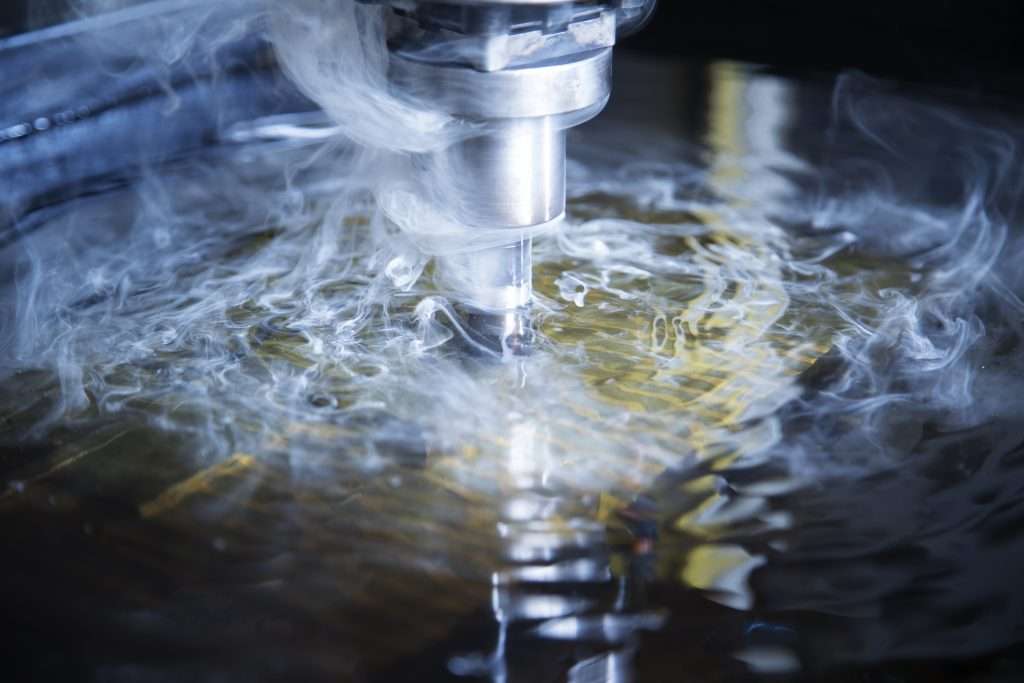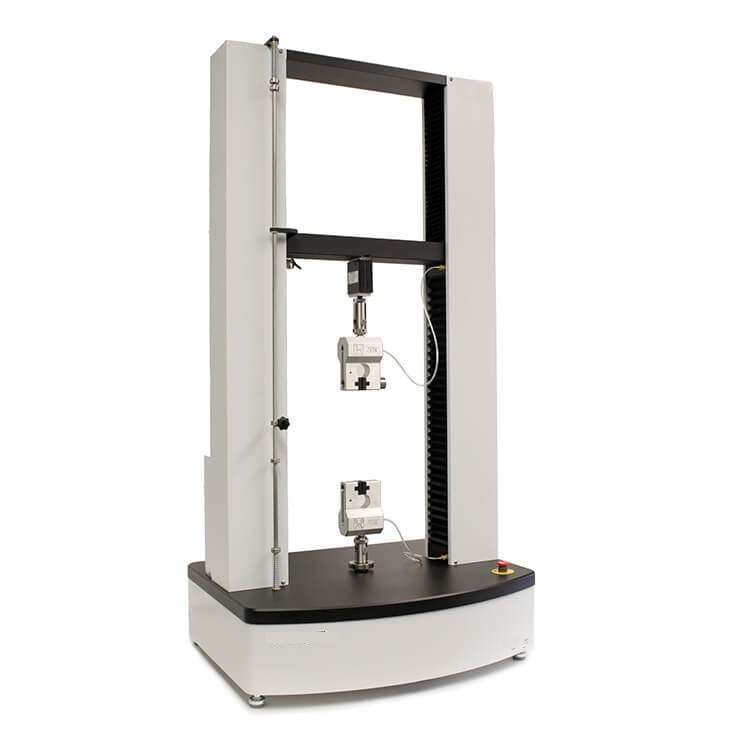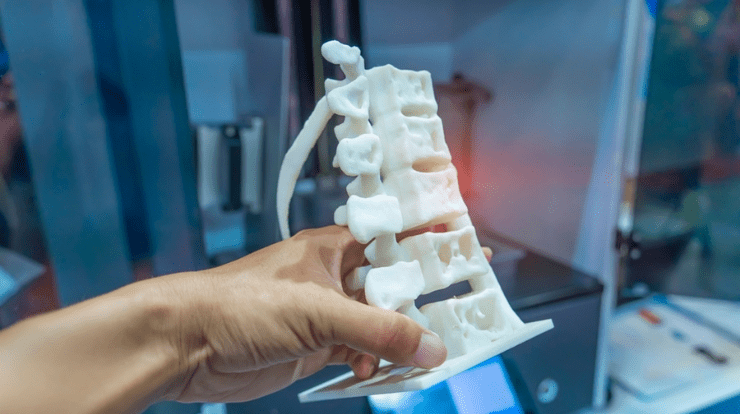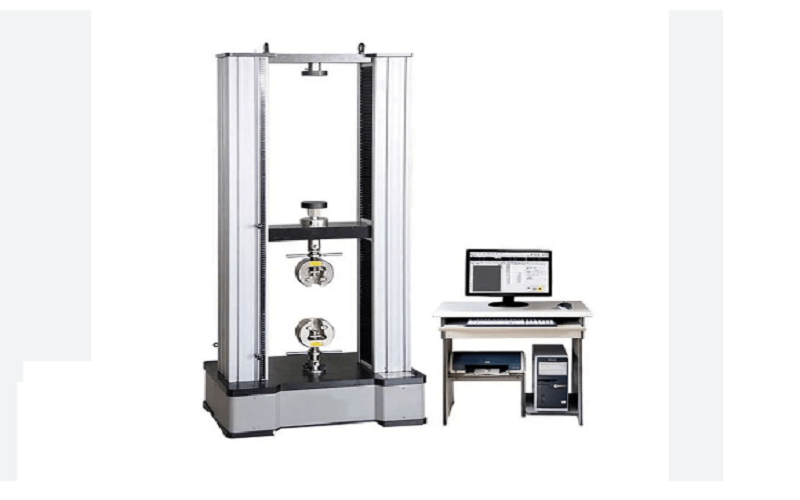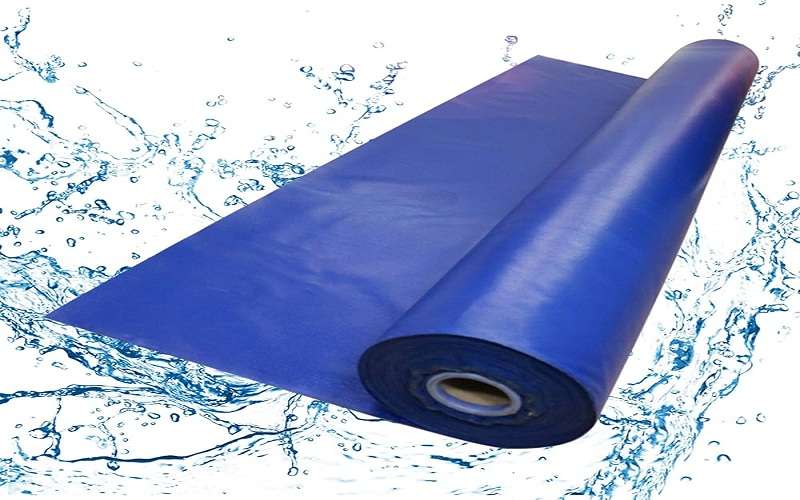In the realm of plastic injection moulding, blow moulding stands out as a versatile and widely used manufacturing process. It involves creating hollow plastic products by inflating heated plastic into a mould. This technique has revolutionised the production of various products, ranging from bottles and containers to automotive components and industrial parts. In this comprehensive guide, we will explore the art of blow moulding, its process, variations, and its significance in the plastic injection moulding industry.
Understanding the Blow Moulding Process
Blow moulding is a manufacturing process that utilises air pressure to form hollow plastic products. It involves the following key steps:
- Extrusion: The process starts with the melting of plastic resin, usually high-density polyethylene (HDPE), polypropylene (PP), or polyethylene terephthalate (PET). The molten plastic is then extruded through a die to form a hollow tube called a parison.
- Moulding: The parison is placed within a two-piece mould, which is then closed. The mould contains the desired shape and size of the final product. The parison is held in place by the mould while air is blown into it, expanding the plastic to conform to the mould’s shape.
- Cooling and Ejection: Once the plastic has taken the shape of the mould, it is cooled to solidify and maintain the desired form. The mould is then opened, and the newly formed hollow plastic product is ejected.
Types of Blow Moulding
Blow moulding encompasses various techniques, each suited for specific applications. The three primary types of blow moulding are:
- Extrusion Blow Moulding (EBM): EBM is the most common type of blow moulding and is used for the production of bottles, containers, and hollow objects. The process involves extruding the parison, followed by blowing air into it. EBM is highly efficient, cost-effective, and can produce large volumes of products.
- Injection Blow Moulding (IBM): IBM combines injection moulding and blow moulding processes. The process begins with the injection of molten plastic into a preform mould, creating a tube-like structure called a preform. The preform is then transferred to a blow moulding station, where it is inflated to the desired shape. IBM is ideal for producing small and complex products with precise dimensions, such as medical vials and small bottles.
- Stretch Blow Moulding (SBM): SBM is primarily used for manufacturing PET bottles commonly found in the beverage industry. The process involves stretching a preform in both length and diameter before blowing it into the final shape. SBM ensures excellent clarity, strength, and consistency in bottle production.
Advantages of Blow Moulding
Blow moulding offers several advantages that make it a preferred choice for plastic injection moulding:
- Cost-effective Production: Blow moulding enables the efficient production of large quantities of hollow plastic products. The process is highly automated, reducing labour costs and increasing production speed.
- Design Flexibility: Blow moulding allows for the creation of complex shapes and intricate designs. The process can produce products with consistent wall thickness, intricate patterns, and various features such as handles, threads, and spouts.
- Lightweight and Durable Products: Blow moulding results in lightweight yet sturdy products. The hollow structure of blow-moulded items makes them lightweight, cost-efficient, and easy to transport.
- Variety of Applications: Blow moulding caters to a wide range of industries, including packaging, automotive, healthcare, and consumer goods. The process can accommodate different plastic materials, enabling the production of products with varying properties and applications.
Quality Control and Considerations
Quality control is a paramount aspect of the blow moulding process to ensure the production of high-quality and defect-free products. Manufacturers implement rigorous quality control measures at various stages of the process to maintain consistency and meet the desired specifications.
Monitoring the plastic material’s temperature, pressure, and cooling rate is critical in achieving consistent and uniform results. The temperature of the molten plastic must be carefully controlled to ensure proper flow and distribution within the mould. Deviations in temperature can lead to variations in wall thickness, affecting the structural integrity of the final product. Similarly, controlling the pressure during the blowing stage ensures that the plastic is evenly distributed and conforms to the mould’s shape accurately.
Regular inspections, both visual and mechanical, are conducted to detect any defects or imperfections that may occur during the blow moulding process. Visual inspections involve assessing the surface finish, identifying any visual defects, such as scratches, blemishes, or colour inconsistencies. Mechanical inspections may include measuring the wall thickness at various points of the product to ensure uniformity, as variations can impact the product’s strength and functionality.
Wall thickness variations are a common concern in blow moulding, as uneven thickness can compromise the structural integrity of the product. To address this, manufacturers may implement measures such as adjusting the mould design, optimising the cooling process, or employing advanced blow moulding techniques to achieve consistent wall thickness throughout the product.
Air traps, another defect to watch out for, occur when air gets trapped within the moulded product during the blowing process. These air pockets can lead to weak spots or surface imperfections. Proper venting techniques, mould design modifications, and optimised processing parameters can help minimise the occurrence of air traps, ensuring the production of high-quality products.
Selecting the appropriate plastic material is a crucial consideration in blow moulding. Factors such as durability, chemical resistance, clarity, and even environmental impact must be taken into account. Different plastics have varying properties, and the selection should align with the intended application of the final product. For example, HDPE (high-density polyethylene) is commonly used for packaging containers due to its durability, chemical resistance, and recyclability. PET (polyethylene terephthalate) is often chosen for producing clear bottles, as it offers excellent clarity and is suitable for food and beverage applications. Understanding the characteristics and suitability of various plastic materials is vital for achieving the desired product properties and meeting industry standards.
The choice of mould material is equally important in blow moulding. The mould material affects the surface finish of the product, as well as its overall quality and longevity. Factors such as corrosion resistance, thermal conductivity, and durability are taken into consideration when selecting the mould material. Commonly used materials for blow moulds include aluminium, steel, and various alloys. The selection depends on factors such as the expected production volume, complexity of the product, and the desired surface finish.
Blow moulding is a vital process within the plastic injection moulding industry, offering a cost-effective and efficient means of producing a wide range of hollow plastic products. Its versatility, design flexibility, and ability to accommodate high production volumes have made it a preferred choice for various industries.
Understanding the blow moulding process, its variations, and the considerations involved in producing high-quality products allows plastic injection moulding enthusiasts to harness the full potential of this manufacturing technique. By leveraging blow moulding, manufacturers can meet the demands of a diverse market, deliver innovative solutions, and contribute to the advancement of industries worldwide.






